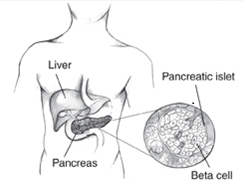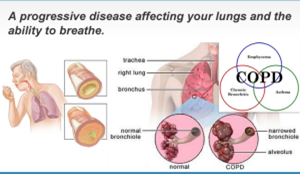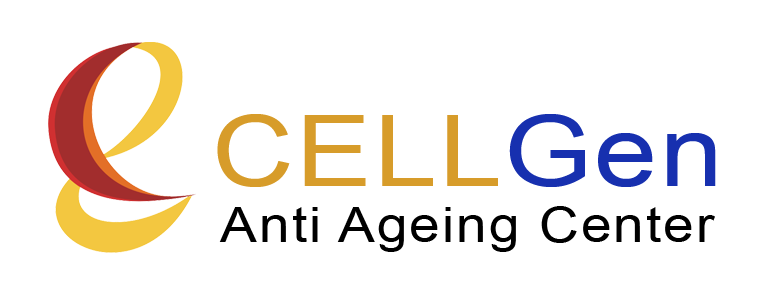Lifestyle diseases are the result of the daily habits of people and their engagement with the nearby environment. The onset of these lifestyle diseases is very subtle, it develops over the years and once encountered cannot be cured easily. Risk factors for these diseases include tobacco use, longer working hours, unhealthy diets and physical inactivity and disturbed biological clock. Some of the most common lifestyle diseases include:
- Diabetes
- Liver cirrhosis
- Cardiovascular Diseases
- Chronic Obstructive Pulmonary Disease (COPD)
- Asthma
- Obesity
- Depression
Diabetes
Diabetes is a metabolism disorder where the beta cells present in the islets of pancreas make insulin and release it into the blood. The condition occurs when the body is not able to make or use enough insulin.
The two main types of diabetes are:
- Type 1 diabetes is caused by a lack of insulin occur due to the damage of beta cells in the pancreas.
- Type 2 diabetes is the commonly occurring form of diabetes and is caused when the body’s muscle, fat, and liver cells do not use insulin effectively.
Liver Cirrhosis
Liver Cirrhosis refers to the scarring of the liver tissue. It is a slowly progressing disease caused when live liver cells divide and multiply resulting in the cluster formation of liver cells. Liver Cirrhosis is the chronic stage of liver failure and at present can be treated by liver transplantation process.
Cardiovascular Diseases
A cardiovascular disease (CVD’s) refers to all the conditions related to heart and blood vessels caused due to various genetic or environmental factors or due to hypertension, dietary issues, smoking etc. The main types of CVD’s are:
- Coronary heart disease – It is a condition where the flow of oxygen-rich blood to the heart is blocked or interrupted due to fat buildup in the coronary arteries resulting in chest pain or heart attack.
- Stroke – A stroke is a medical condition resulting in interrupted blood supply to the brain causing brain cells to die thus brain damage and death of the patient.
- Peripheral arterial disease – This disease leads to blockage in the arteries to your limbs resulting in cramps in the legs, hips, calves etc.
- Aortic disease – Aortic Aneurysm is the common disease in which aorta becomes weak resulting in abdomen and chest pain.
Chronic Obstructive Pulmonary Disease (COPD)
COPD is a lung impairment causing difficulty in breathing. It is caused due to smoking, polluted air, duct or chemicals. The symptoms of the disease include cough with mucus, fatigue, breathlessness, fatigue, Chest congestion, wheezing etc.
Asthma
Asthma refers to a conditions where air passage to the lungs is interrupted resulting in coughing, breath shortness, wheezing and chest congestion. At present it can be treated using certain medications though that can also prevent the symptoms instead treating the disease from the core.
Obesity
Obesity refers to the deposition of adipose tissue in excess amount. It puts individuals at risk for a lot of chronic health conditions which includes hypertension, imbalanced cholesterol level, diabetes, heart related diseases, gallstones, birth defects, miscarriages, asthma, and numerous cancers.
Depression
Depression is the brain illness which may be caused due to genetic, environmental, emotional factors. It may also be caused due to medical illness or stress and thus affecting overall physical health.
CELL Gen Treatment
CELL Gen stem cell therapy is mainly five step simple procedures as discussed below:
- Pre-examination – Condition of the disease is examined by few radiological and pathological tests. Based on which further treatment will be decided.
- Sample source extraction – Cell therapy is performed using patients own autologous cells, which begins with sample extraction. Using advanced technologies and globally accepted medical standards, the source extraction is done either from – bone marrow or adipose tissue.
- Lab processing – Once the sample is extracted, it goes under processing, quality testing and quantity of stem cells yielded.
- Stem cell implantation – After retrieving stem cells, they are implanted in to the patient at the area to be treated. For which various techniques are being used based on the disease condition.
- Post treatment care – Usually patients are relieved from the hospital after few hours of the treatment however in certain cases doctor’s observation is required for a day or two.

This is a group of diseases that occur when the arterial blood vessel walls thicken and lose elasticity.
I would like to opt for this consultation for cosmetic treatment